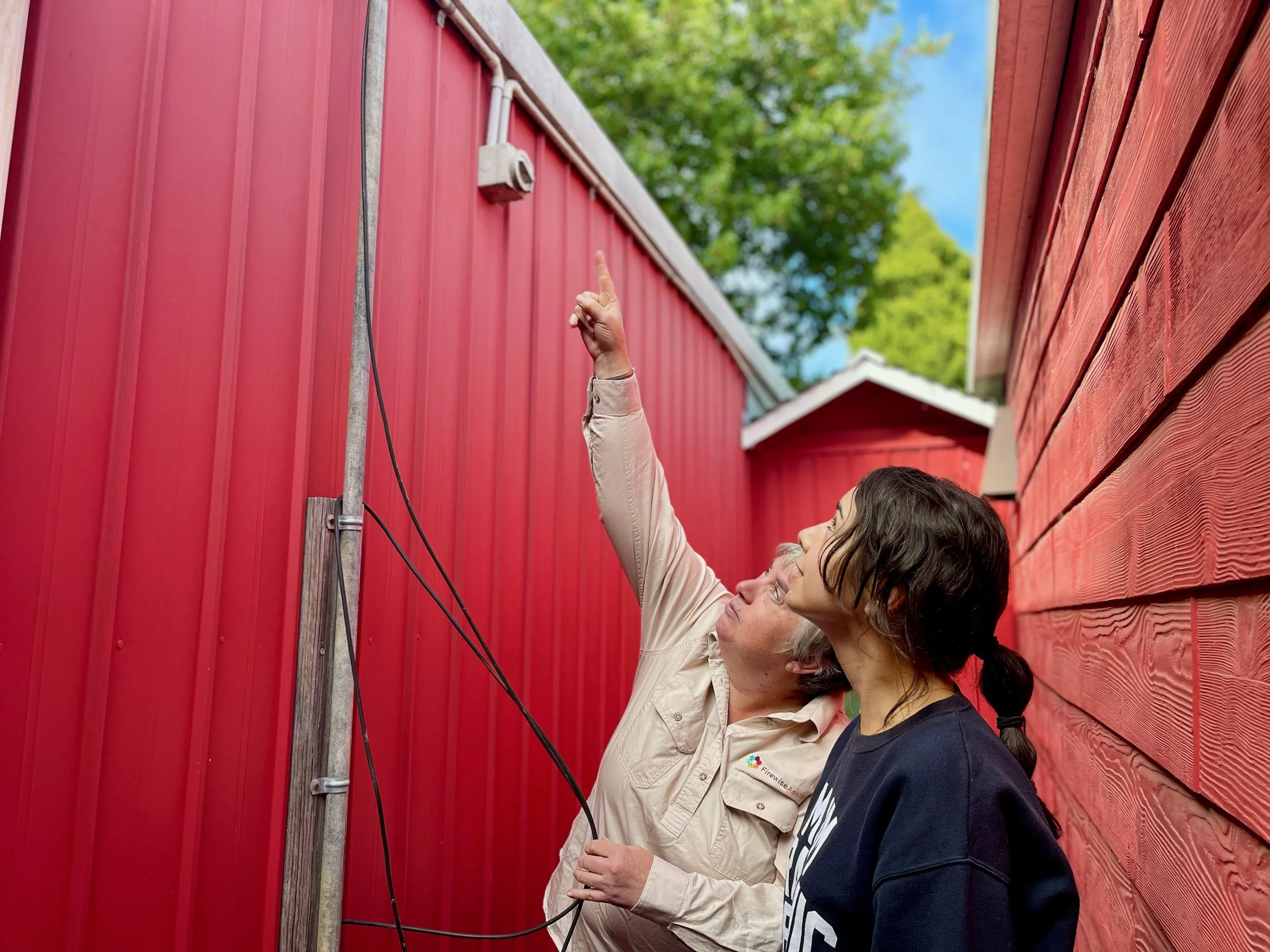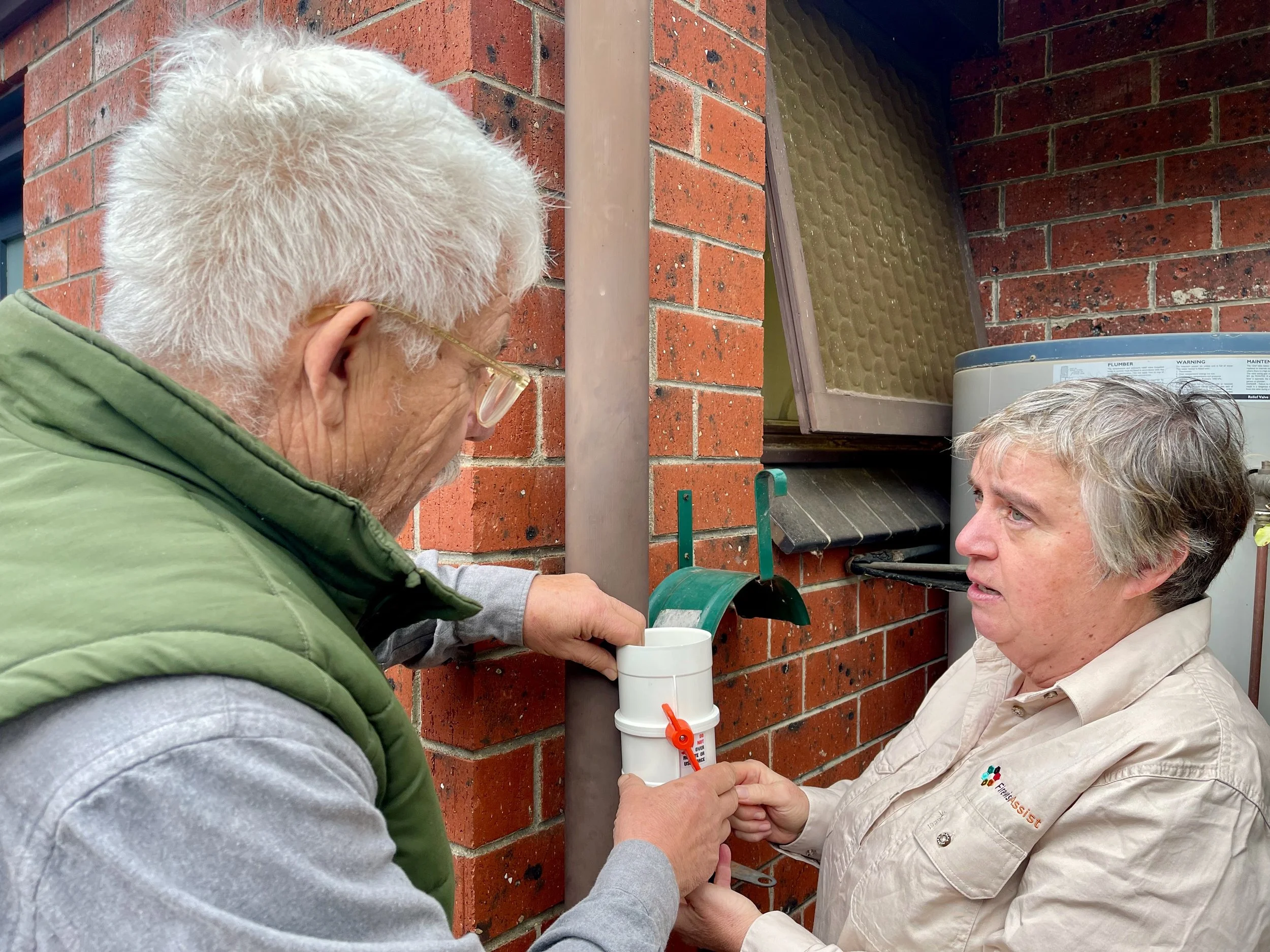What you can do:
Professional steps
3.1 Assess your risk
Whether your plan is to stay & defend or to leave early, do you know what to do to minimise the risk to your home and property if impacted by a bushfire? Things that need to be considered include:
Walls
Doors and windows
Eaves and gutters
Roofs and openings
Decks, verandas, stilts
External flammables around the home
Sheds, garages, outdoor storage
Garden: flammability of plants
Garden: vertical and horizontal fire ladders
Fire suppression systems
Fire truck access
Any other vulnerabilities
Don’t know where to start? FirewiseAssist offers professional home inspections that covers all aspects above. You will receive a detailed report that describes and explains risks, as well as measures to reduce these risks. To find out more, talk to us today.
3.2 Take action to reduce your risk
It is perfectly normal that not all risk-reducing actions can be implemented immediately — but being aware of vulnerabilities is an important step that allows you to progressively take action.
Consider creating a risk reduction plan, where you group all planned actions in high priority and lower priorities, then progressively enact your plan.
You will see: it feels good ticking off the items on your list — and to finish your plan. Most importantly, you will stand a lower risk of being affected by future bushfires.
Note that firewise inspection reports come with a detailed list of actions: we explain why an item is a risk, what can be done about it, and what resources and suppliers are available.
3.3 Review your risk every season
Any measures you have taken must be effective when a fire threatens your home — so it is critical that the functionality be periodically reviewed. Ensure that you review your risk ahead of upcoming fire danger seasons.
It can be useful to revisit the basic, advanced and professional steps ahead of each season.
Start in early spring, so you can go at a leisurely pace around all items.


